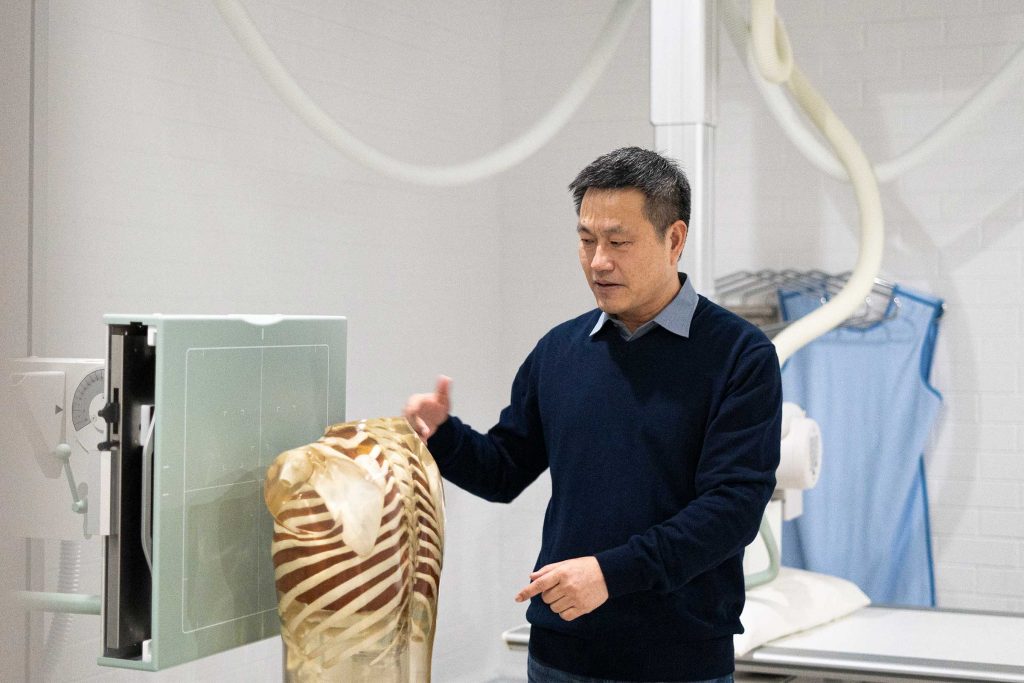
When X-ray technology was discovered by physicist Wilhelm Röntgen in 1895, it was hailed as a discovery of the ages. But it wasn’t long before practitioners realised there was a deadly downside to this medical miracle: radiation exposure. Almost as soon as X-rays were introduced, work began to find a way of reducing standard levels of radiation – while maintaining the new technology’s diagnostic validity. Unfortunately, it was a puzzle that could not be solved, until a Charles Sturt University scientist recently made a breakthrough with his medical radiation research.
Dr Xiaoming Zheng is a senior lecturer in medical radiation science at Charles Sturt University. He is also the man who patented a formula to guide the dose of radiation used in X-ray computed tomography (otherwise known as a CT scan). This effectively means patients will receive a drastically reduced radiation dose than current imaging delivers. As a result of this groundbreaking work, Dr Zheng and his four Taiwanese colleagues were awarded the Radiologic Technology Distinguished Author Award in Honour of Jean I Widger by the American Society of Radiologic Technologists.

A winning formula
A radiological technologist, Dr Zheng has spent the last five years researching how to reduce a patient’s exposure to medical radiation without compromising scan quality.
“The problem was not new – it has been around for more than 100 years. X-rays were an incredible medical breakthrough, but we couldn’t escape the negative impact of radiation exposure.
“Many have tried to address the issue. An American professor did develop a formula to determine the right prescription for exposure which would also deliver an accurate scan diagnosis. But that didn’t work very well. And generation after generation has tried to understand the physics, which sounds very simple, but actually doesn’t work. So it still came down to trial and error.
“As recently as 2003, researchers tried to measure the quantity of radiation required and were left puzzled as to why the proposed formula didn’t work. But what we did know was that any formula for a ‘personalised exposure prescription method’ was very complicated. It would depend upon so many parameters, including voltage value and body size.”
Coming up with a formula looked set to remain a mystery. Until, that is, Dr Zheng looked at the issue in a very different way.
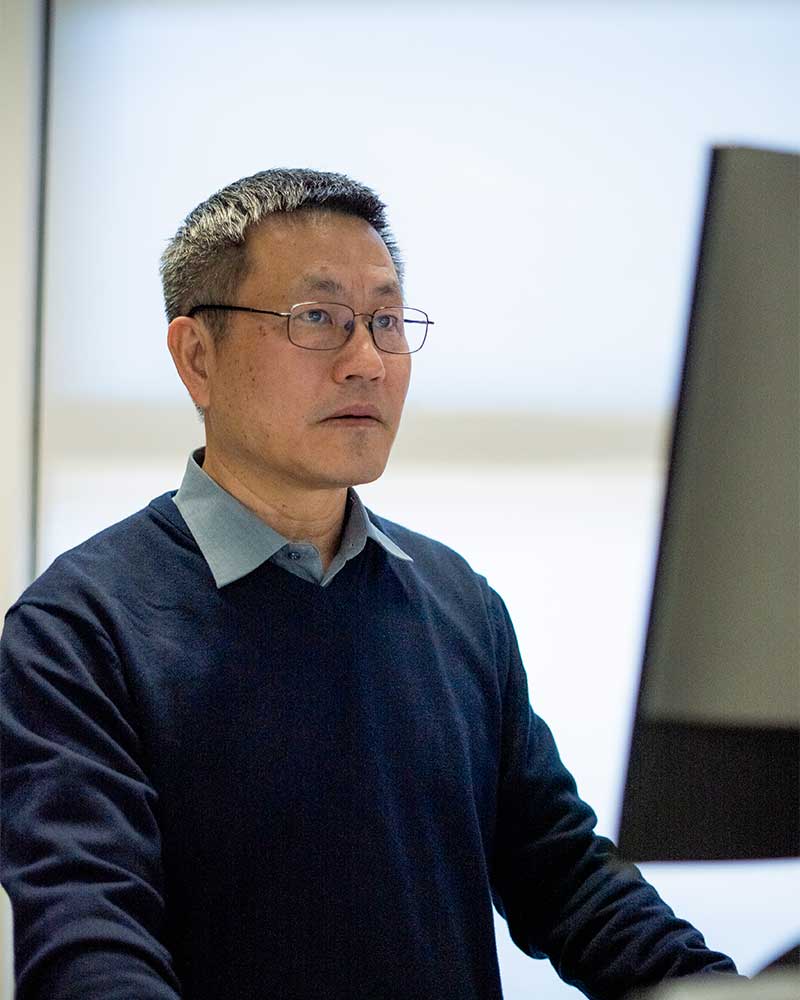
“I have to say it was something accidental. I began looking at the problem from a philosophical and mathematical point of view. To me it was an optimisation problem.
“I began working with a PhD student who collected some data for me. That’s when I got excited. I could see that the data showed exactly what I expected.
“The mathematical equation I developed was completely different from any other. It sets parameters for radiologists to use in determining the optimal dose of radiation. We developed each patient’s personalised exposure prescription, and found no difference in image quality between diagnostic images obtained using our method and those obtained using standard protocols [with higher radiation doses].
“And the equation turns out to be very accurate. It shows that radiation doses can drastically be reduced from current levels. In turn, it will drastically the reduce cancer risk for patients who undergo X-ray imaging.”
The right dose
Initially, when Dr Zheng patented the formula, he applied it only to CT scans.
“But later I realised you can combine the two – CT scans and radiographic imagining, or X-rays. While it looks like these two are different modalities, to me – from a physics point of view – they are under the one umbrella, and the one mathematical formula. I call it the ‘law of clinical imaging’.
“That made me so excited from a scientist’s point of view! In my formula, if you give me the patient size and the initial exposure value, I can give you an exact, accurate exposure parameter.”
That means radiation doses can be reduced for patients who have either an X-ray or CT scan. Dr Zheng explained that the United Nations now acknowledges that the main source of radiation exposure to the general global population is from medical procedures.
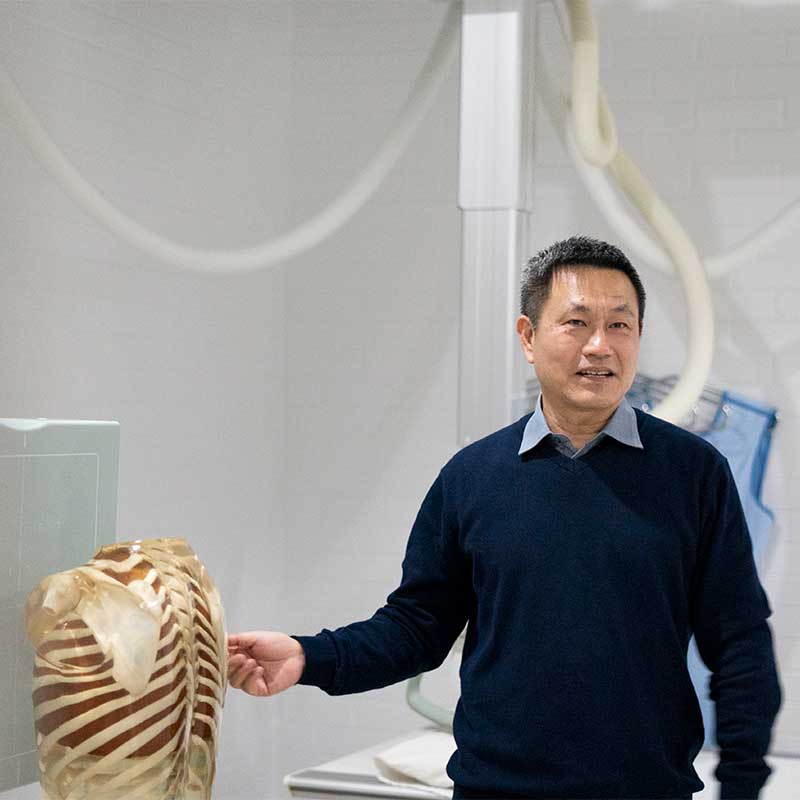
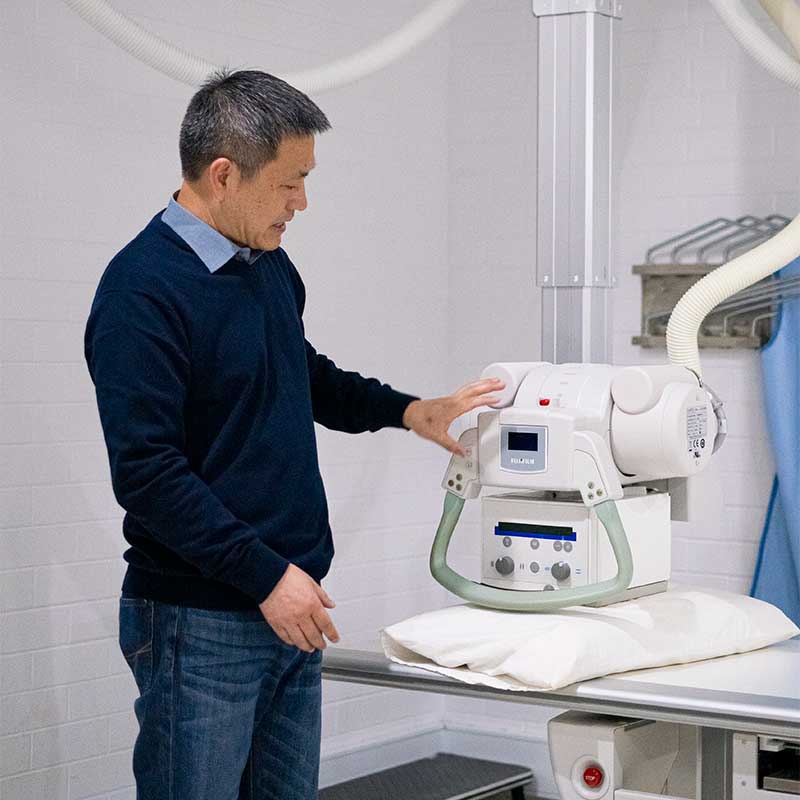
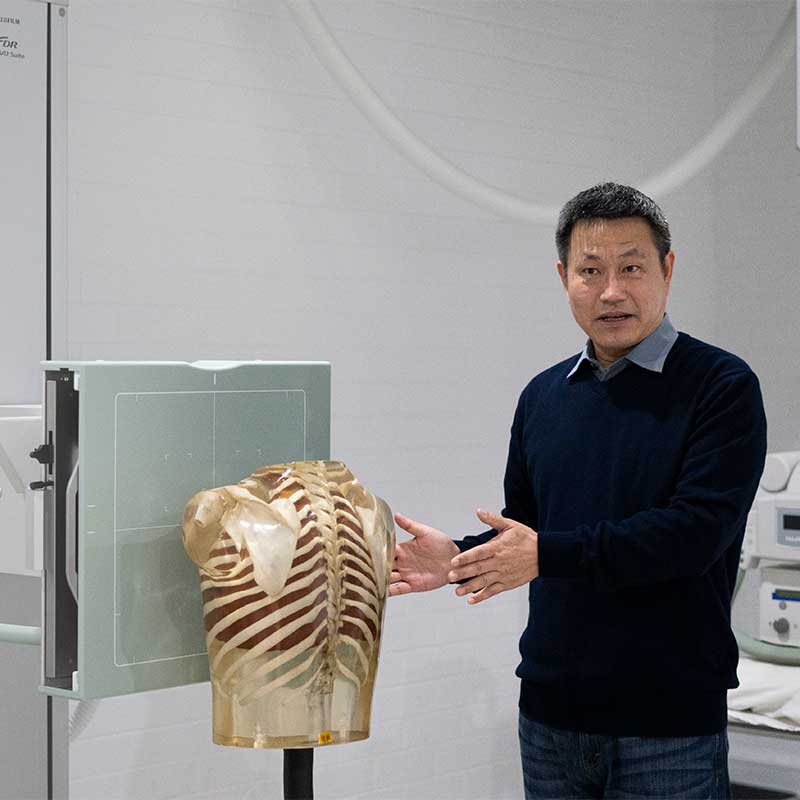
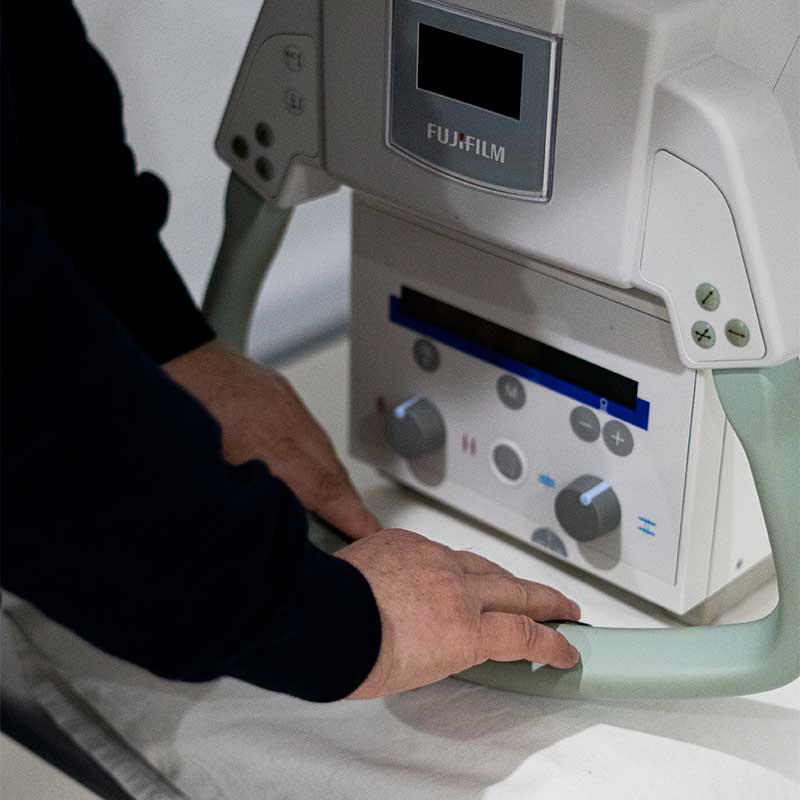
“If you break that down, 66 per cent of radiation dosages come from CT scans and 27 per cent comes from radiographic images. There are two concerns with radiation exposure at low doses: cancer and inheritable diseases (for future generations). With CT scans these concerns are higher.
“We’re aiming to reduce the dose of radiation people receive from both CT scans and X-rays. Though X-rays use a lower dose of radiation, people tend to have more of them over their lifetime. So, by reducing the level of radiation exposure from X-rays you are reducing the cumulative radiation patients have. A CT scan usually has much higher doses of radiation, so anything we can do to reduce that immediate exposure is extremely valuable.”
Reducing medical radiation, increasing hope
It is hard for Dr Zheng to contain his excitement about this breakthrough. To use a completely unscientific analogy for a brilliant scientific mind – he is over the moon. But it’s not because of the award win, or because he’s the first to crack this age-old medical nut. They don’t even rate a mention. Dr Zheng bounces on the spot as he explains why this discovery is so exhilarating.
The children.
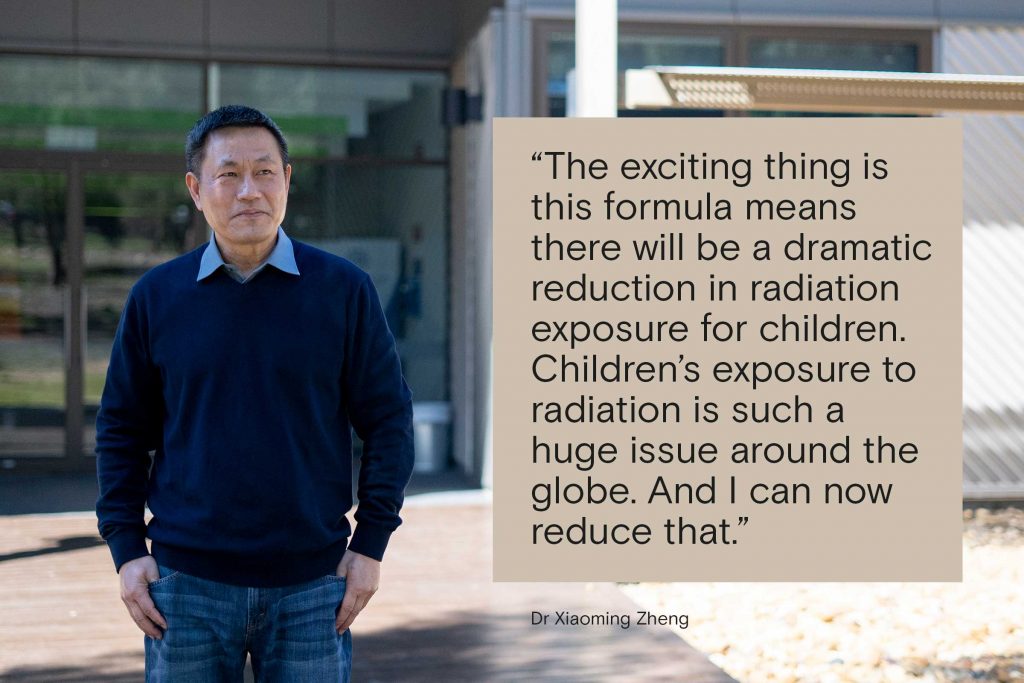
You see, the issue with radiation risks, Dr Zheng says, is that they may take a while to develop.
“It’s not a case of today you have exposure and tomorrow you have cancer. It may take a while to develop. For children, their lifespan is long, so the chance of them developing cancer is higher.”
Dr Zheng’s research career has been sustained by his want to help others – mixed with a generous serving of scientific curiosity.
“I’m working to improve human health and anything I can do towards that makes me feel excited. In terms of the reduction in radiation dose, it will immediately help people – especially children. But I was trained in science, my speciality was physics, so my scientific curiosity also meant I wanted to figure this out.”
Humbled and excited by his award win, Dr Zheng’s work continues. He’s currently researching a range of medical mysteries in the hope of making more breakthroughs – and improving the lives of millions more people.
Create a world worth living in
What does a better world look like to you? Does it mean finding a cure for illnesses, caring for the sick, improving education, making new discoveries, leading a movement or developing innovative technologies? Or is it about having an impact in your local community and making a difference to the little guys out there? If you’ve ever wanted to make a difference in a career you’re passionate about, you can with us.
Our wide range of courses will give you the skills and industry knowledge so you can be the change you want to see in the world. Follow your heart, get qualified and land a job you’ll love with Charles Sturt University. Let’s get to work!

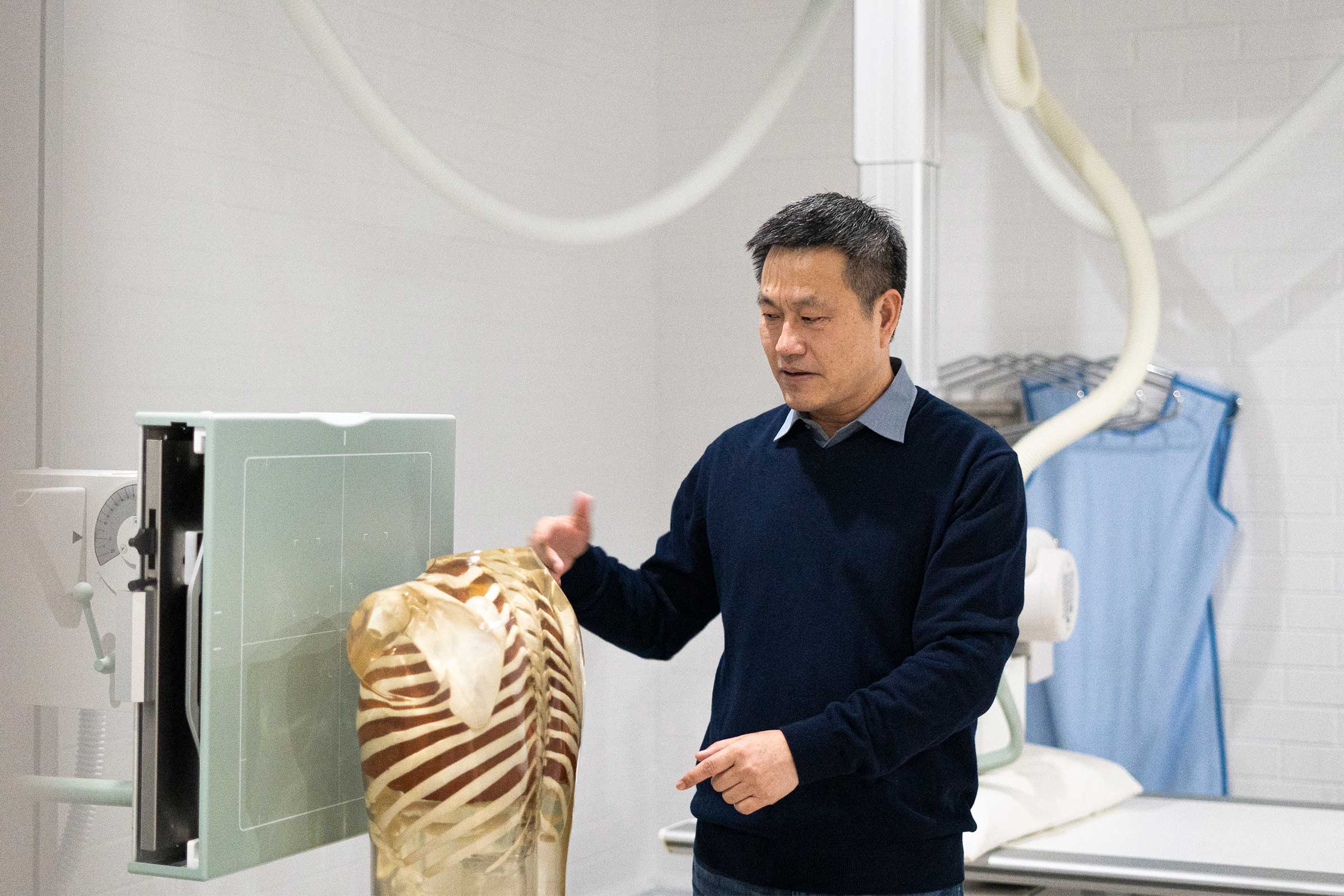
You must be logged in to post a comment.